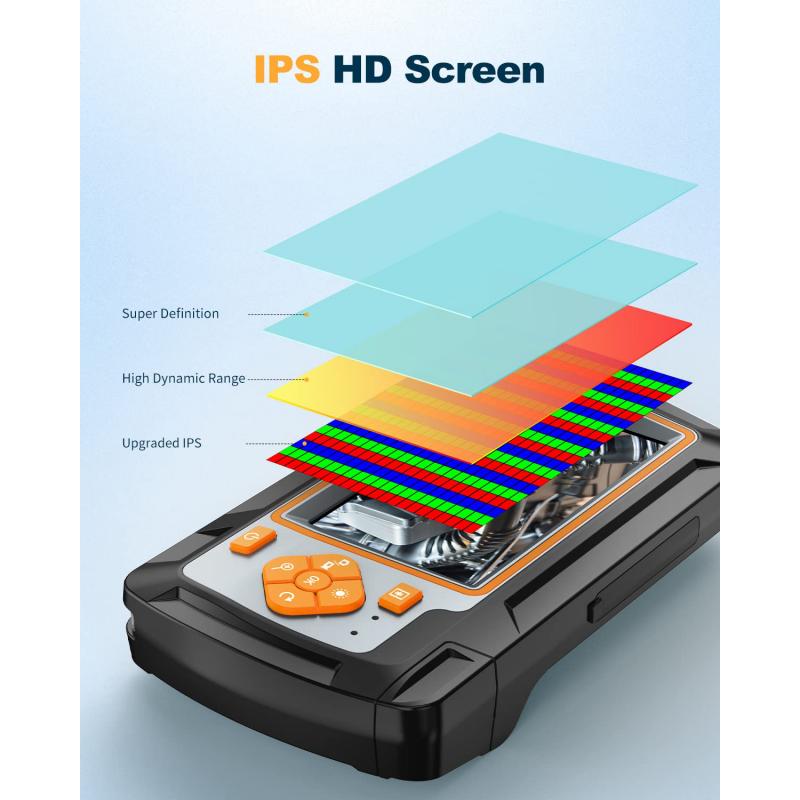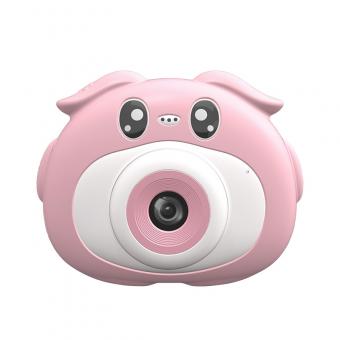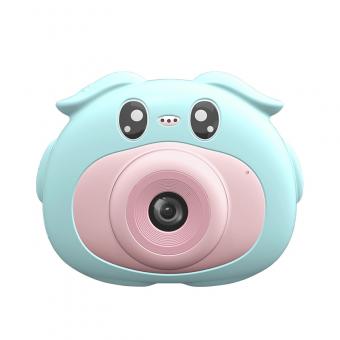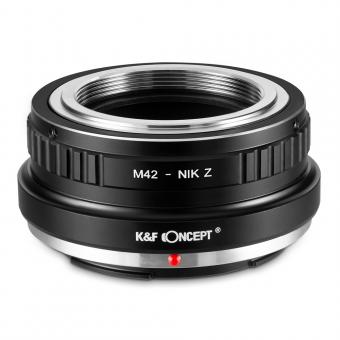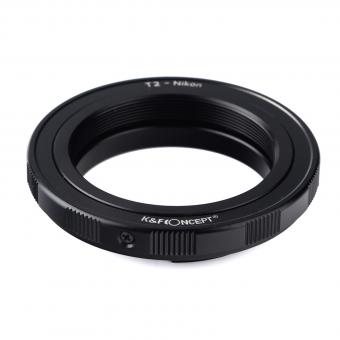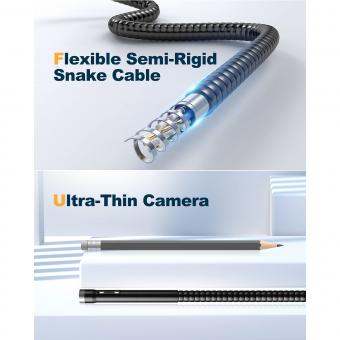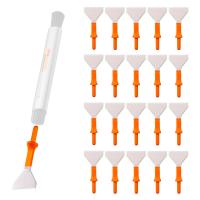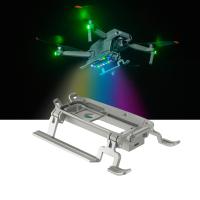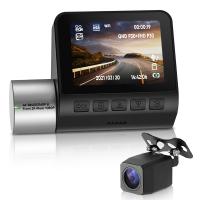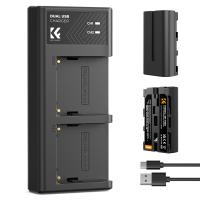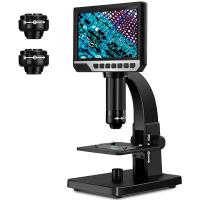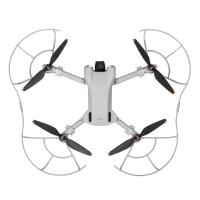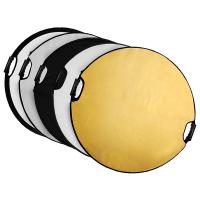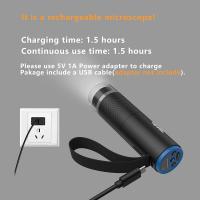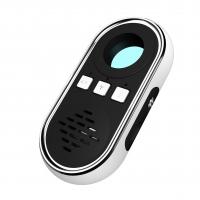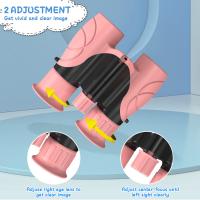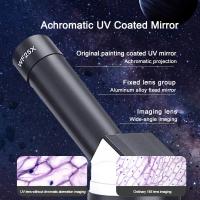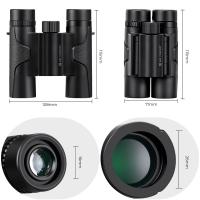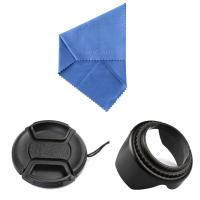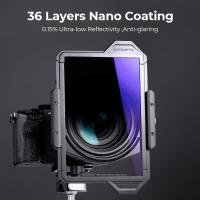How Good Are Endoscopic Camera ?
Endoscopic cameras are highly effective tools used in medical procedures. They provide a minimally invasive way to visualize and diagnose various conditions within the body. The quality of endoscopic cameras has significantly improved over the years, allowing for high-resolution imaging and enhanced clarity. These cameras are designed to be flexible and maneuverable, enabling physicians to navigate through narrow and complex anatomical structures with ease. The images captured by endoscopic cameras provide valuable information for accurate diagnosis and treatment planning. Overall, endoscopic cameras have revolutionized the field of medicine by enabling less invasive procedures, reducing patient discomfort, and improving patient outcomes.
1、 Image quality and resolution of endoscopic camera systems
The image quality and resolution of endoscopic camera systems have significantly improved over the years, making them an essential tool in various medical procedures. Endoscopic cameras are used to capture images and videos of the internal organs and structures of the body, providing valuable information for diagnosis and treatment.
The image quality of endoscopic cameras is determined by factors such as the camera sensor, lens quality, and image processing capabilities. With advancements in technology, endoscopic cameras now offer high-definition (HD) and even ultra-high-definition (4K) image resolution. This allows for better visualization of the target area, enabling healthcare professionals to detect and diagnose abnormalities with greater accuracy.
Furthermore, the latest endoscopic camera systems often come equipped with advanced features such as image enhancement, color correction, and digital zoom. These features further enhance the image quality and provide a clearer view of the target area.
In addition to image quality, the size and flexibility of endoscopic cameras have also improved. Miniaturized cameras can now be inserted through smaller incisions or natural body openings, reducing patient discomfort and recovery time.
It is important to note that the image quality and resolution of endoscopic cameras can vary depending on the specific model and manufacturer. Therefore, it is crucial for healthcare professionals to choose a reliable and high-quality endoscopic camera system that meets their specific requirements.
Overall, the advancements in endoscopic camera technology have greatly improved the image quality and resolution, allowing for more accurate diagnosis and treatment in various medical procedures.

2、 Flexibility and maneuverability of endoscopic camera probes
The flexibility and maneuverability of endoscopic camera probes are highly regarded in the medical field. These cameras are designed to be inserted into the body through small incisions or natural orifices, allowing doctors to visualize and diagnose various conditions.
Endoscopic cameras have evolved significantly over the years, with advancements in technology improving their capabilities. The latest endoscopic camera probes are equipped with high-definition imaging, providing clear and detailed visuals of the internal organs and tissues. This allows doctors to detect abnormalities, perform biopsies, and even guide surgical procedures with precision.
One of the key advantages of endoscopic cameras is their flexibility. The probes can be manipulated and navigated through the body's intricate pathways, reaching areas that would otherwise be difficult to access. This flexibility enables doctors to explore and examine different regions of the body, such as the gastrointestinal tract, respiratory system, and urinary tract, among others.
Moreover, the maneuverability of endoscopic camera probes allows for real-time adjustments during procedures. Doctors can control the direction and angle of the camera, ensuring optimal visualization of the targeted area. This level of control enhances the accuracy of diagnoses and minimizes the risk of complications.
In recent years, there have been further advancements in endoscopic camera technology. For instance, some cameras now offer 3D imaging, providing depth perception and enhancing the surgeon's ability to perform complex procedures. Additionally, there are wireless endoscopic cameras that eliminate the need for cumbersome cables, improving maneuverability even further.
Overall, the flexibility and maneuverability of endoscopic camera probes have revolutionized the field of minimally invasive surgery. These cameras have become indispensable tools for doctors, allowing them to diagnose and treat a wide range of conditions with precision and minimal invasiveness.

3、 Illumination and visualization capabilities of endoscopic camera technology
The endoscopic camera technology has significantly improved over the years, enhancing both the illumination and visualization capabilities. These cameras are designed to be inserted into the body through small incisions or natural orifices, allowing for minimally invasive procedures.
In terms of illumination, endoscopic cameras now utilize advanced light sources such as LED or xenon lights, providing bright and clear illumination of the internal organs or structures being examined. This ensures that the surgeon or physician can visualize the area of interest with high precision and accuracy. The illumination can be adjusted as needed, allowing for optimal visualization in different anatomical regions.
Moreover, the visualization capabilities of endoscopic cameras have greatly improved. High-definition (HD) and ultra-high-definition (UHD) cameras are now commonly used, providing detailed and sharp images. These cameras can capture images and videos in real-time, allowing for immediate assessment and diagnosis. Additionally, some endoscopic cameras offer 3D visualization, providing depth perception and enhancing the surgeon's ability to navigate and manipulate instruments during procedures.
The latest advancements in endoscopic camera technology include the development of robotic-assisted endoscopic systems. These systems combine the benefits of endoscopic cameras with robotic arms, allowing for precise and controlled movements within the body. This further enhances the visualization capabilities and expands the range of procedures that can be performed using endoscopic techniques.
Overall, the illumination and visualization capabilities of endoscopic camera technology have greatly improved, enabling surgeons and physicians to perform complex procedures with greater accuracy and safety. The continuous advancements in this field are expected to further enhance the capabilities of endoscopic cameras, making them an indispensable tool in modern medicine.
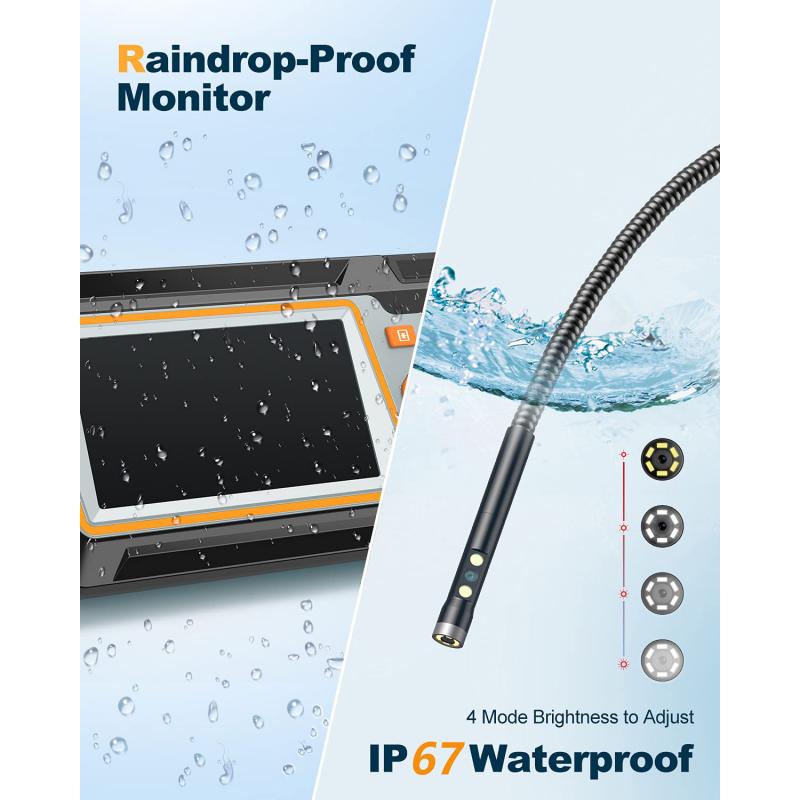
4、 Integration and compatibility with other medical devices and systems
Endoscopic cameras have revolutionized the field of medicine by providing a minimally invasive approach to diagnosing and treating various medical conditions. These cameras are used in a wide range of medical specialties, including gastroenterology, urology, gynecology, and orthopedics, among others.
In terms of integration and compatibility with other medical devices and systems, endoscopic cameras have made significant advancements. They can now be seamlessly integrated with other imaging technologies, such as ultrasound and magnetic resonance imaging (MRI), to provide a more comprehensive view of the patient's condition. This integration allows for better diagnosis and treatment planning.
Furthermore, endoscopic cameras can be connected to computer systems and networks, enabling real-time sharing of images and videos with other medical professionals. This feature is particularly useful in telemedicine, where doctors can remotely view and discuss cases with their colleagues, regardless of their geographical location. It promotes collaboration and enhances the quality of patient care.
The latest point of view on the integration and compatibility of endoscopic cameras is that they continue to improve and become more versatile. Manufacturers are constantly developing new features and functionalities to enhance their compatibility with other medical devices and systems. For example, some endoscopic cameras now have wireless capabilities, allowing for easier connectivity and data transfer.
In conclusion, endoscopic cameras have come a long way in terms of integration and compatibility with other medical devices and systems. They have become an essential tool in modern medicine, enabling doctors to perform minimally invasive procedures and collaborate with their peers. With ongoing advancements, endoscopic cameras are expected to become even more versatile and seamlessly integrated with other medical technologies in the future.
